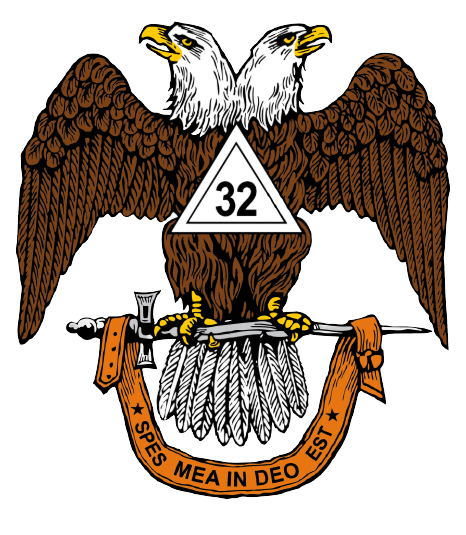Discovering Life’s Meaning: A Freemason's Analysis of Time

To unravel the enigma of life's meaning, we must first examine its origin: the Grand Architect of the Universe. What does an exceptional architect do? They select the perfect tool for the task at hand. And in this case, the tool is time.
Time is the ultimate instrument of the universe, an entity that is both simple and complex, consistently confounding scientists throughout history. Constant and unending, time is the driving force of life. Its existence enables all things to be.
Newton's first law of motion posits that an object in motion will remain in motion, while an object at rest stays at rest. For an object to exist, we require three crucial components: time, space, and matter. Time is the linear progression of events, space is a boundless three-dimensional extent in which objects have relative position and direction, and matter consists of substances with mass and volume.
How does this connect to Freemasonry? The answer lies within the Holy Scriptures, which we regard as the rule and guide of our faith and practice. In the text, we find the phrase, "In the beginning, God created the Heaven and the Earth." This passage contains three key words: beginning, Heaven, and Earth. These words symbolize the three essential ingredients: time (beginning), space (Heaven), and matter (Earth). Combining these components, like blending ingredients and baking a delightful treat, results in life.
Many references to the teachings of time can be found within our Scottish Rite degrees as well. We are taught in the 18th degree that life is transient, and we should strive to use our time wisely. It emphasizes the importance of using our limited time on Earth to practice love, forgiveness, and tolerance toward others. Our 32nd degree teaches us to be aware of the fleeting nature of time and the importance of using it wisely.
How does time apply to everyday life? To answer this, let's explore the biology of the eye. This intricate organ, often cited as evidence of a divine creator, operates similarly to a camera. Capturing the perfect image relies on three key elements: shutter speed, aperture, and ISO. Shutter speed is akin to blinking, aperture is comparable to the dilation and contraction of pupils to control light intake, and ISO mirrors the light sensitivity of the eye's rods and cones.
The pupil allows light to enter the eye, and the iris regulates the aperture, adjusting the amount of light permitted. During the day, the iris contracts, making the pupil small to accommodate the sun's brightness. At night, the iris relaxes, causing the pupil to dilate and allow more light to enter. When light enters the eye, rods and cones in the back of the eye transmit electrical signals to the brain for processing. Rods detect black and white, while cones discern different colors.
For sight to occur, light must strike an object, bounce back, enter the eye, and reach the rods and cones, creating an electrical signal. This signal travels through the optic nerve to the brain, where it is processed into an image. Technically, the colors we perceive are reflections of specific light waves, meaning that objects aren't actually the colors we see. Although this process seems instantaneous, it takes a measurable amount of time. Consequently, we are always observing the past, living in it while searching for the present and hoping for the future.
As I wrote this article, I was reminded of the movie City Slickers and Curly's "one thing." The meaning of life comes down to one thing, and that is for you to decide. Time is the answer, but how you choose to spend those fleeting moments rests upon your esteemed shoulders. Will you remain at rest or seize the opportunity to live your best life? Though we look to the past, we can still live for the future. Will you be the shining star that offers clear vision to those around you? Look to the East, my friends and Brothers, and reflect on the words of Past Grand Commander Albert Pike: "What we have done for ourselves alone dies with us; what we have done for others and the world remains, and is immortal."
John Walter Sayne, 32° K.C.C.H
Knoxville Valley Scottish Rite
